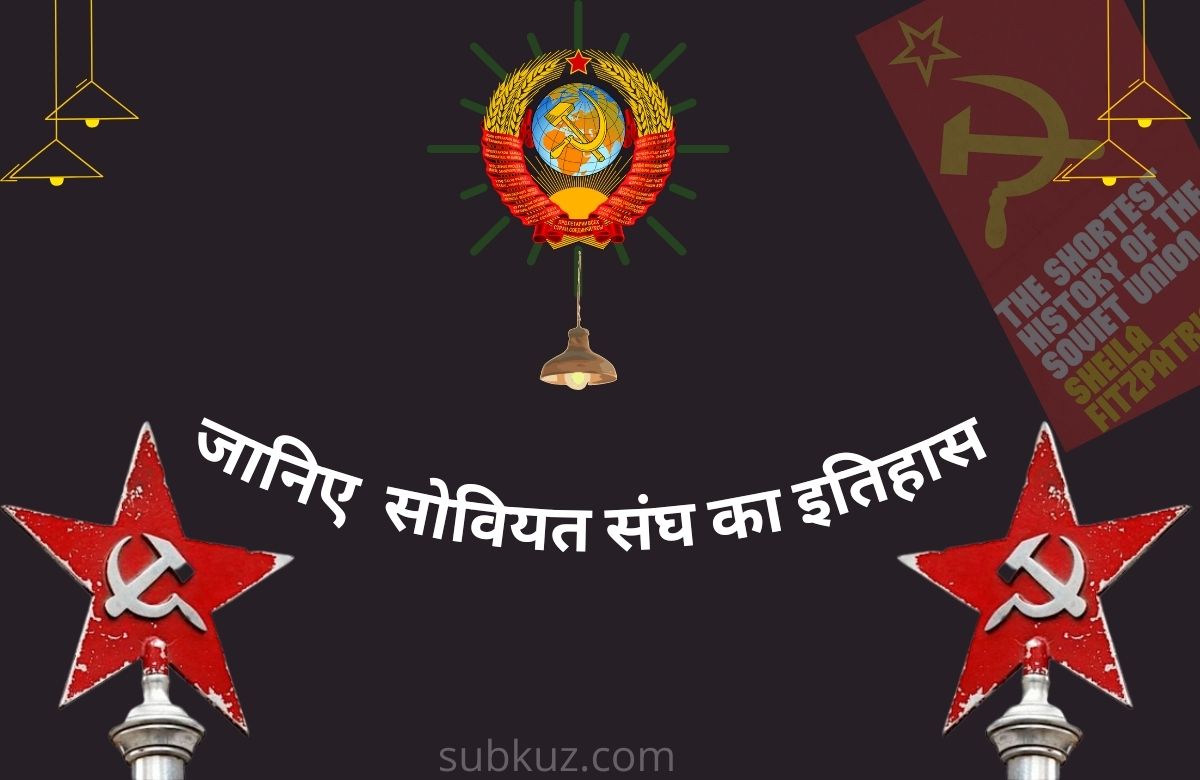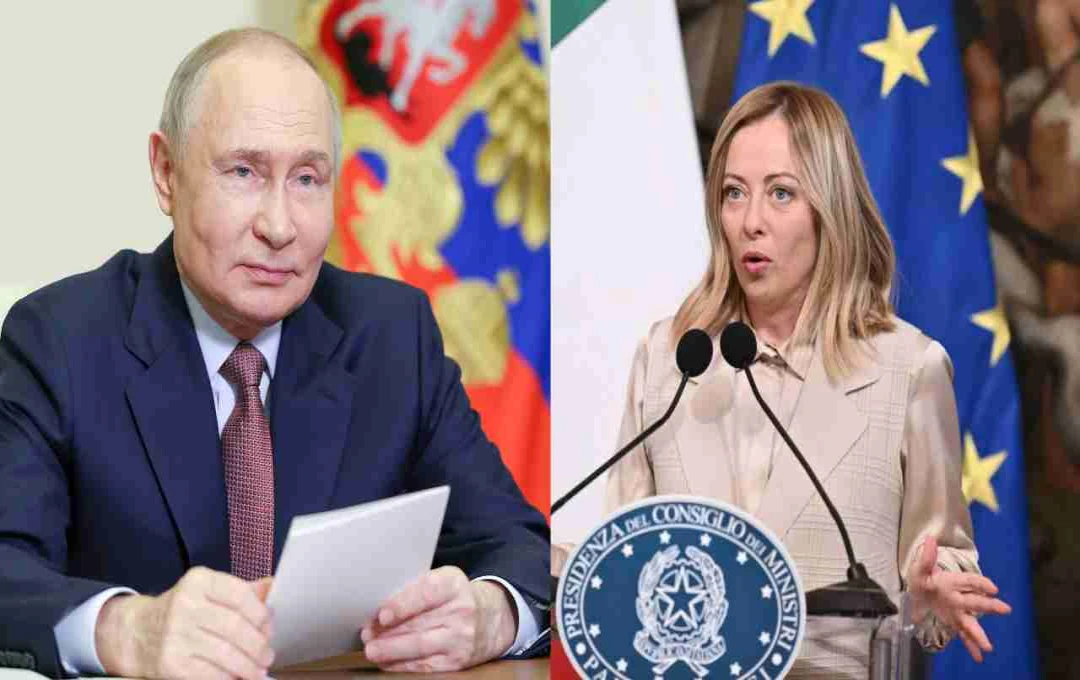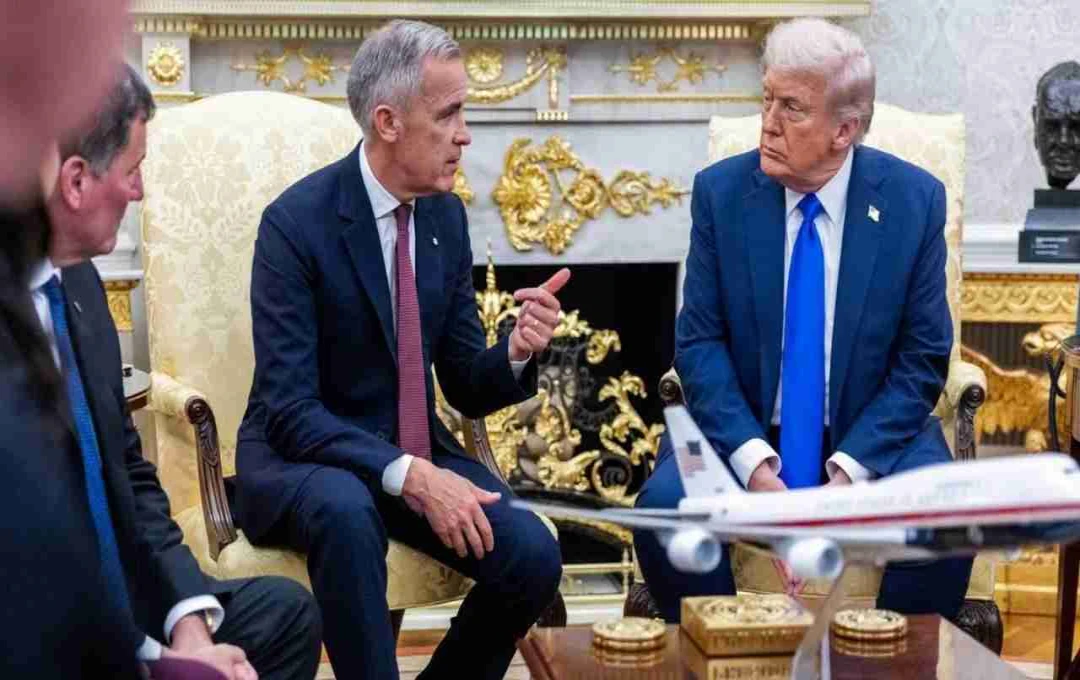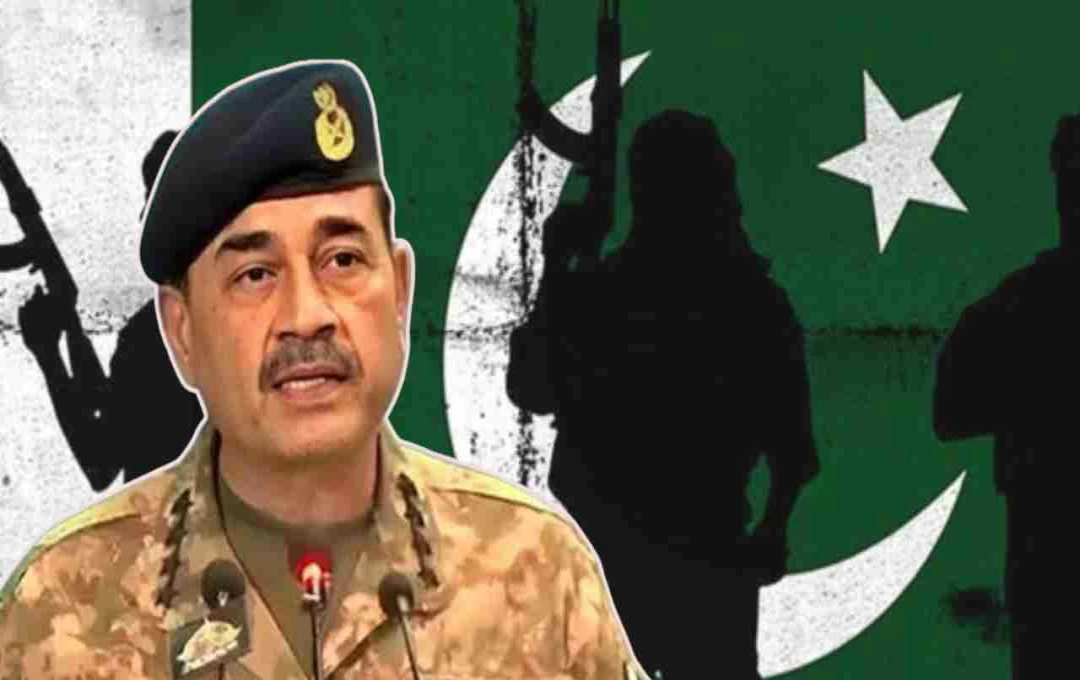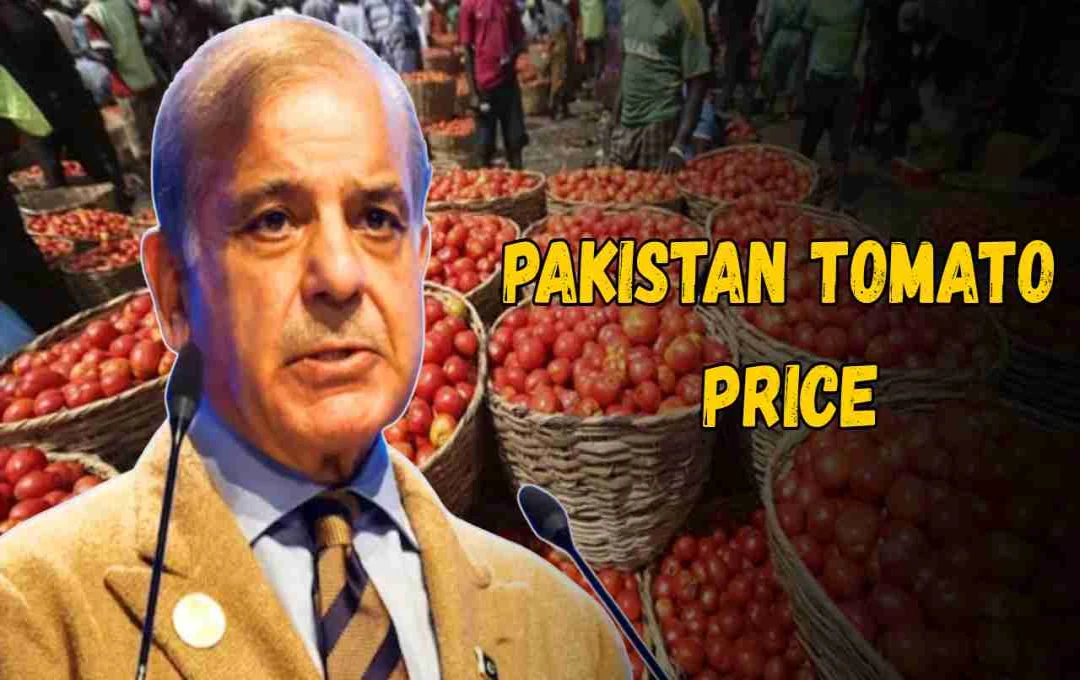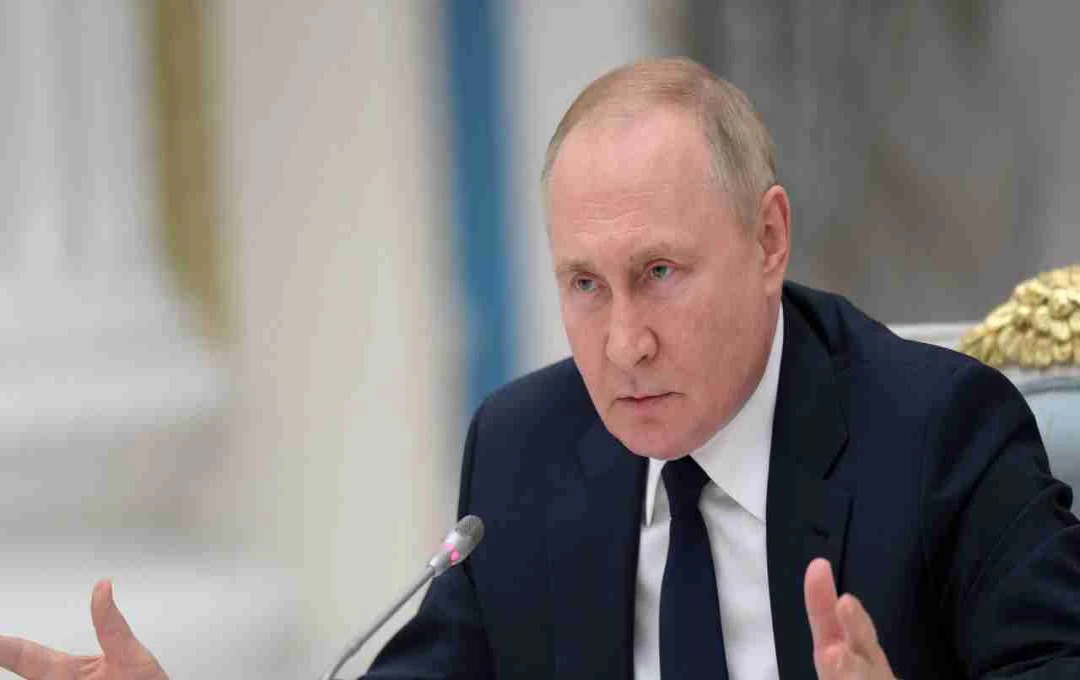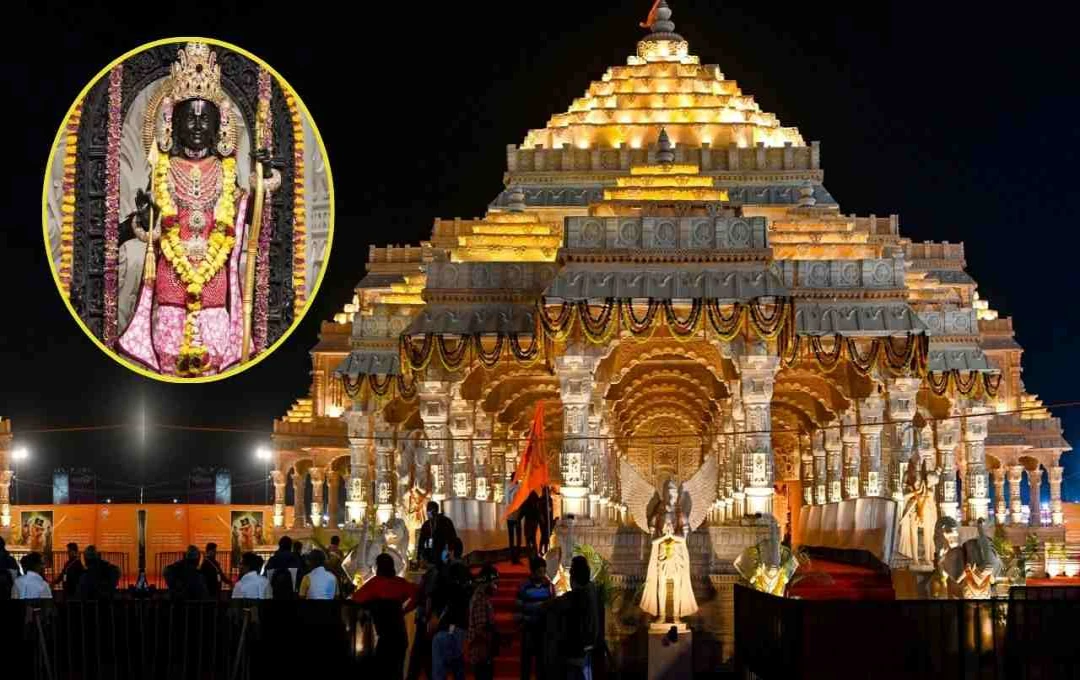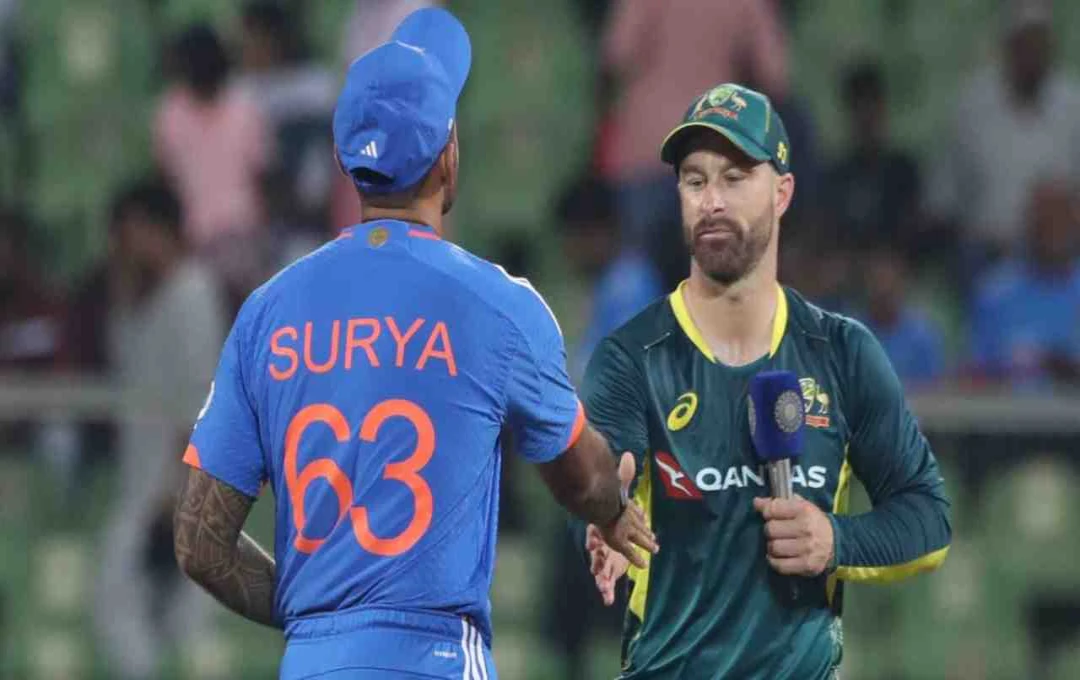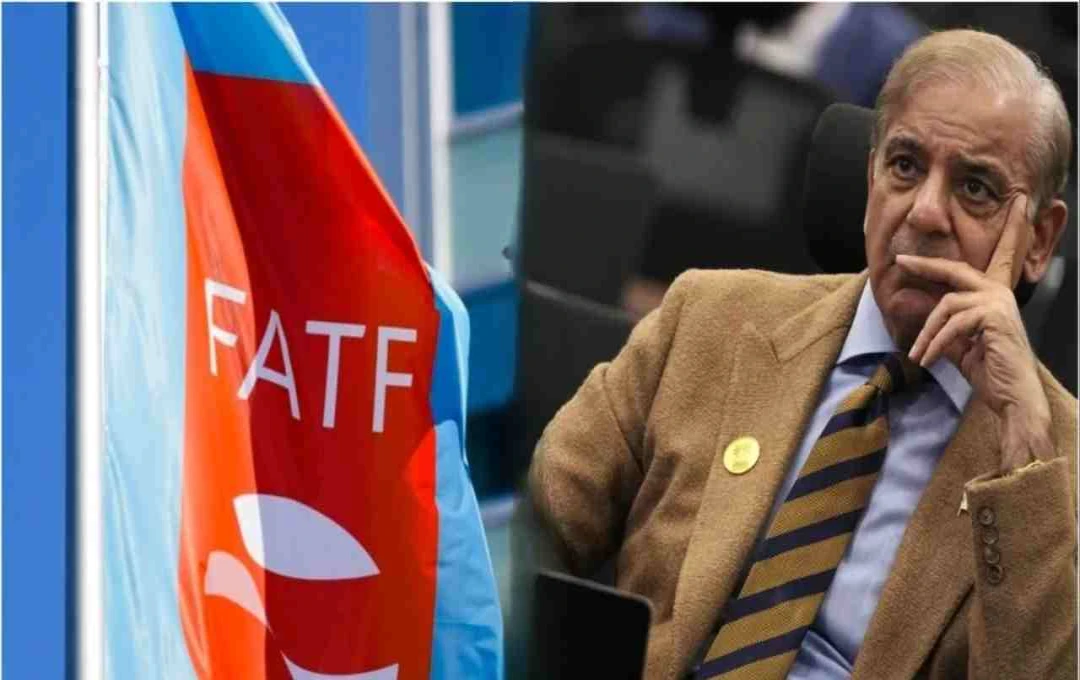The Soviet Union, officially known as the Union of Soviet Socialist Republics (USSR), was a vast country that experienced tumultuous events spanning nearly 75 years from its formation to its dissolution. Beginning its disintegration in 1985, the USSR emerged as a formidable military power but faced serious economic difficulties domestically. Over time, various factors contributed to its downfall, culminating in its ultimate collapse in 1991. Governed by the Communist Party until 1990, the Soviet Union was constitutionally a union of 15 sovereign republics, but in reality, it maintained strict centralized control over administration and the entire national economy. The Russian Soviet Federative Socialist Republic was the largest republic within the USSR, serving as its political, cultural, and economic center, resulting in widespread Russification throughout the country. Consequently, due to the deep connection with Russian culture and influence, the Soviet Union was often mistakenly referred to as "Russia" abroad.
April 1917 Lenin and other revolutionaries returned to Russia from Germany.
October 1917 The Bolsheviks overthrew the government of Aleksandr Kerensky and seized Moscow.
1918-20 Civil war between the Bolsheviks and their opponents.
1920 War with Poland
1921 Peace treaty with Poland, the New Economic Policy, return of a market economy, and stability.
1922 Union of Russia, Belarus, and Transcaucasia (Georgia, Armenia, and Azerbaijan from 1936) territories. Formation of the Soviet Union.
1922 Germany recognized the Soviet Union.
1922 A new constitution under the dictatorship of the proletariat was implemented in the Soviet Union. Lenin died. Joseph Stalin assumed power.
1933 The United States recognized the Soviet Union.
1934 The Soviet Union joined the League of Nations.
August 1939 Start of World War II.
June 1941 Germany invaded the Soviet Union.
1943 Germany's defeat at the Battle of Stalingrad.
1945 Soviet troops captured Berlin. Division of Germany through the Yalta and Potsdam conferences. End of World War II with Japan's surrender.
1948-49 Berlin Blockade. Tensions between Western and Soviet forces.
1949 The Soviet Union developed the atomic bomb. Recognition of the communist government of China.
1950-53 Korean War. Increased tensions between the Soviet Union and the West.
March 1953 Death of Stalin. Nikita Khrushchev became First Secretary of the Communist Party Central Committee.
1953 The Soviet Union developed its first hydrogen bomb.
1955 Warsaw Pact.
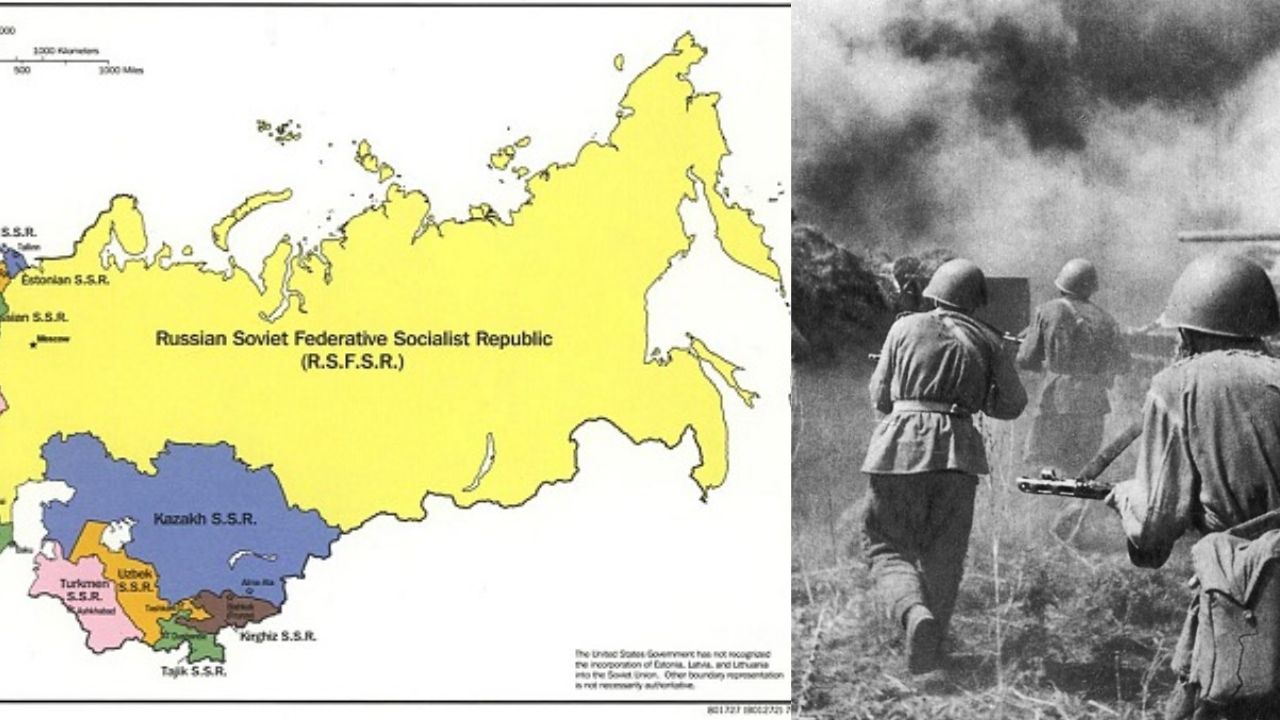
1956 Soviet forces helped suppress the Hungarian uprising.
1957 Sputnik, the first spacecraft, reached Earth orbit. Growing Western ties with China created distance between the two communist nations.
1960 The Soviet Union shot down the American U-2 spy plane.
1961 Yuri Gagarin became the first human in space.
1962 Soviet missiles deployed to Cuba.
1963 The Soviet Union signed a nuclear treaty with the US and Britain. A hotline was established between the US and the Soviet Union.
1964 Leonid Brezhnev replaced Khrushchev.
1969 Border disputes between Soviet and Chinese forces.
1977 Brezhnev elected President under a new constitution.
1982 Death of Brezhnev. KGB chief Yuri Andropov took power.
1982 Death of Andropov. Konstantin Chernenko assumed power.
1985 Mikhail Gorbachev became General Secretary of the Communist Party. Introduced policies of openness and restructuring.
1986 Chernobyl nuclear disaster. Large areas of Ukraine and Belarus were affected.
1987 Agreement between the Soviet Union and the United States to dismantle intermediate-range nuclear missiles.
1988 Gorbachev became President. Agreement at Communist Party conference to open doors for the private sector.
1989 Soviet troops withdrew from Afghanistan.
1990 Vote in the Communist Party to end one-party rule. Yeltsin left the Soviet Communist Party.
August 1991 Defense Minister Dmitry Yazov, Vice President Gennady Yanayev, and KGB chief detained President Gorbachev. All three were arrested three days later. Yeltsin imposed a ban on the Soviet Russian Communist Party. Ukraine recognized as an independent nation. Subsequently, several other nations declared independence.
September 1991 The Congress of People's Deputies voted for the dissolution of the Soviet Union.
December 8, 1991 Leaders of Russia, Ukraine, and Belarus formed the Commonwealth of Independent States.
December 25, 1991 Gorbachev resigned from office. The United States recognized the independent Soviet republics.
December 26, 1991 The Russian government took over Soviet Union offices.
